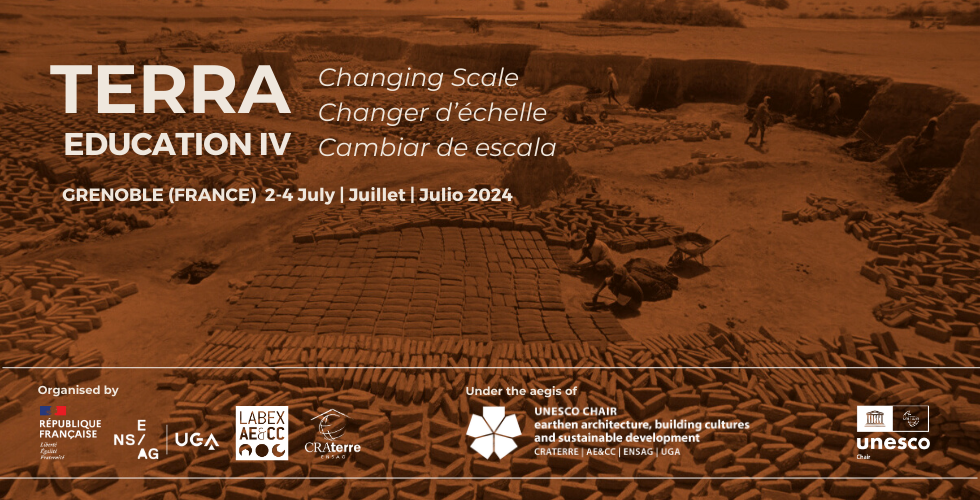
Instructions for author's > Article
GUIDELINES FOR WRITING PAPERS
- Length of the articles: between 3 500 and 5 000 words, including the summary, the bibliography, authors’ biographical notices and captions of the illustrations.
- Number of illustrations: 8 to 12
- Length of the text is to be balanced with the number of illustrations, according to the table below
- The article is written in one single column
- The title of the article fits on one line, in Arial 14, bold, black.
- 1 line break (font size 14).
- Then comes the reminder of the theme in which the article is situated, in Arial 12, bold, black.
- 1 line break (font size 12).
- Lastname Firstname of the authors, in Arial 10, bold, black, immediately followed by the name of the authors' institutions, in Arial 8, light, black.
- 7-line breaks (font size 8).
- The summary (Title Arial 12, bold, black, lower case) is written in 200 words maximum. It presents the objectives, methods and results.
- 7-line breaks (font size 8).
WRITING THE ARTICLE
- The article is written in Arial 12, light, black. English, French or Spanish is used. No personal enrichment of the text is proposed.
- 1 line break (font size 26).
- The article then begins with an introduction (Title Arial 12, bold, black, capital letters) written in 300 words maximum (different from the summary).
- The author(s) develop(s) the article in a determined number of parts, as he/she wishes.
The titles (1, 2, 3 ...) of each part, after the introduction, are written in Arial 12, bold, black, capital letters.
The subtitles of each part (1.1., 1.2., 1.3. / 2.1., 2.2....) are written in Arial 12, bold, black, lower case.
1 line break between the end of a part (1, 2, ...) and the next (font size 26).
1 line break between the end of a sub-part (1.1., 1.2., ...) and the next one (font size 20).
- The article ends with a conclusion (Title Arial 12, bold, black, capital letters), which updates the results of the program, the research project or the interest of the case study and the perspectives for future development.
ILLUSTRATIONS
- A maximum of 12 illustrations for the entire article. Illustrations can be photographs, drawings, graphs and tables. Each illustration is referenced in the text (Fig. 1 / Fig. 2, etc.). The caption for each illustration is written on a maximum of one line, in Arial 10, light, black, italics.
- The total number of illustrations should be balanced according to the length of the text, as shown in the table above.
BIBLIOGRAPHY
- Title in Arial 10, bold, black, capital letters.
- 1 line break (font size 20).
- Bibliographic references just include publications mentioned in the article.
- Check the good integration of the references in the text of the article… (Frey 2010) …
- The references are written in Arial 10, light, black, and in the following format:
Frey, P. (2010). Learning from vernacular, Actes Sud, Arles, p. 22.
Houben, H. et Guillaud, H. (1989). Traité de construction en terre, Parenthèses, Marseille.
Serres, M. (2003). Le temps humain : de l’évolution créatrice au créateur d’évolution. Dans PICQ, P., et al., Qu’est-ce que l’humain ? Editions Le Pommier, Paris.
Cooke, L. (2007). The archaeologist's challenge or despair: reburial at Merv, Turkmenistan. In: Conservation and management of archaeological sites, Vol. 9, N. p. 97-112.
AUTHORS’ BIOGRAPHICAL NOTES
- Title in Arial 10, bold, black, capital letters.
- 1 line break (font size 20).
- Each biographical note begins with "Lastname Firstname" (Arial 10, bold, black) followed by the text of the biographical note in 3 to 4 lines maximum, in Arial 10, light, black.
- 1 line break (font size 10) between 2 different biographical notes

